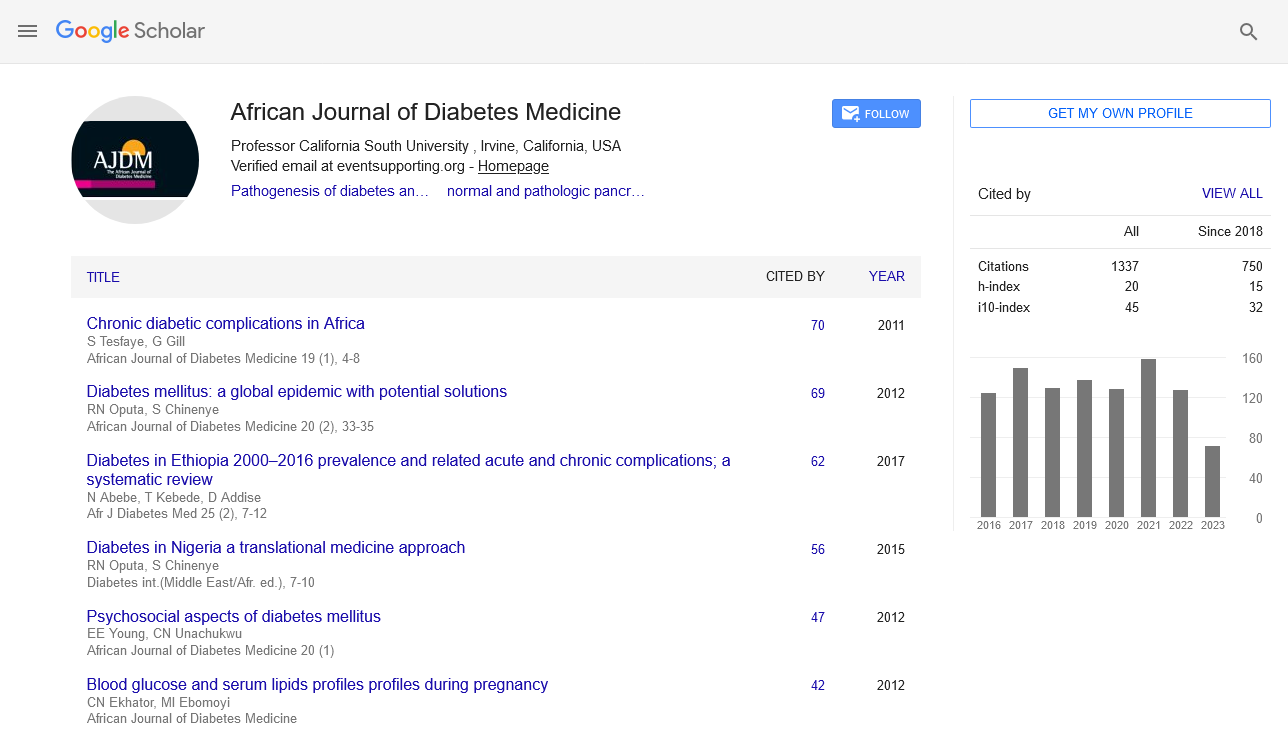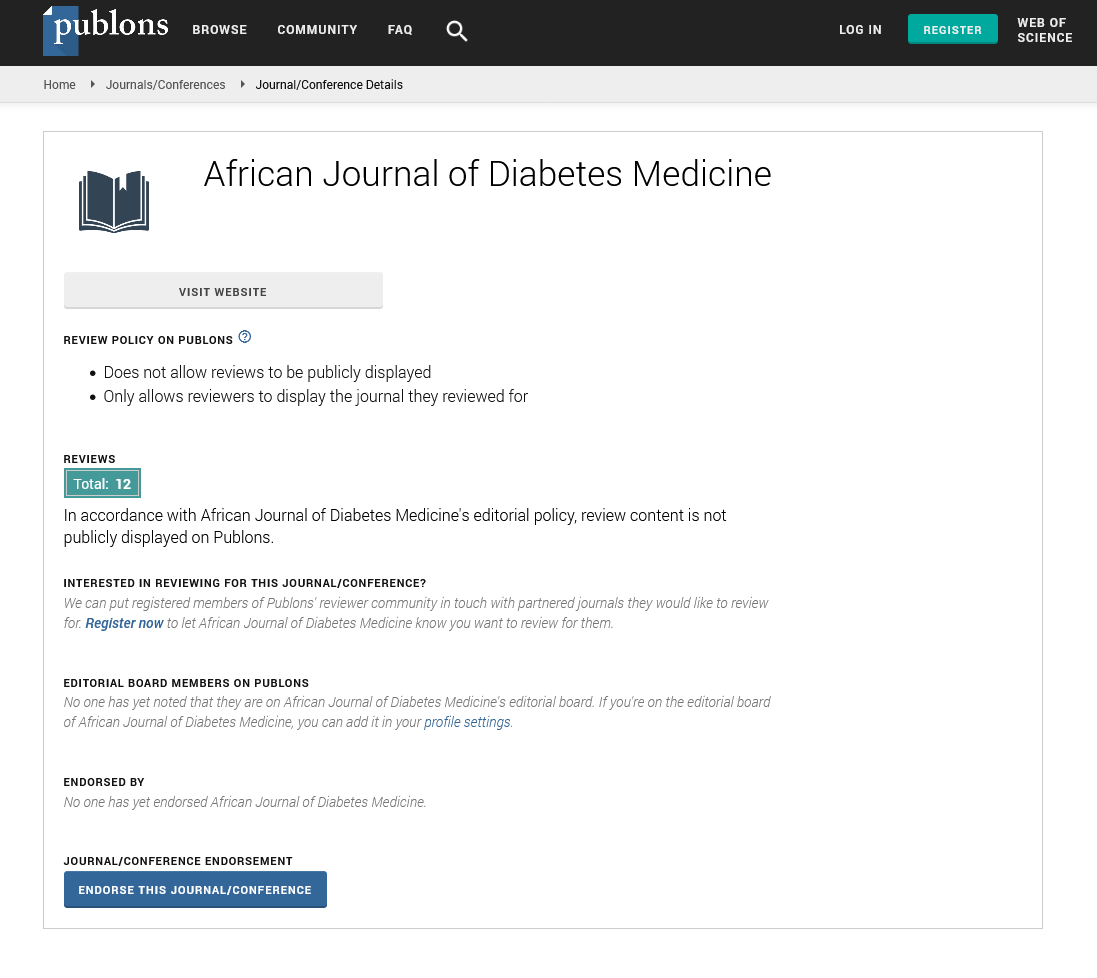Forxiga (Dapagliflozin): A Modern Approach to Managing Diabetes
*Corresponding Author:
Received: 02-Dec-2024, Manuscript No. ajdm-25-160577; Editor assigned: 04-Dec-2024, Pre QC No. ajdm-25-160577 (PQ); Reviewed: 18-Dec-2024, QC No. ajdm-25-160577; Revised: 23-Dec-2024, Manuscript No. ajdm-25-160577 (R); Published: 30-Dec-2024, DOI: 10.54931/AJDM-32.6.3.
Description
Forxiga, also known by its generic name dapagliflozin, is a medication used in the treatment of Type 2 diabetes and certain other conditions. Belonging to a class of drugs called SGLT2 inhibitors (sodium-glucose cotransporter 2 inhibitors), Forxiga has revolutionized the way Type 2 diabetes is managed. In this article, we will discuss how Forxiga works, its benefits, potential side effects, and its role in improving the lives of those living with diabetes. Forxiga is an oral medication primarily used to manage blood sugar levels in people with Type 2 diabetes. It works by inhibiting the action of SGLT2, a protein in the kidneys that is responsible for reabsorbing glucose from the urine back into the bloodstream. By blocking this protein, Forxiga prevents glucose from being reabsorbed, allowing excess glucose to be excreted in the urine. This mechanism helps lower blood sugar levels, especially in individuals with Type 2 diabetes who may have elevated blood glucose levels due to insulin resistance or insufficient insulin production. Forxiga is typically prescribed in combination with other diabetes medications, such as metformin, when additional blood sugar control is needed. The main action of Forxiga is its ability to inhibit SGLT2, a protein found in the kidneys that plays a major role in reabsorbing glucose. Under normal circumstances, after the body digests food, glucose is absorbed into the bloodstream and filtered by the kidneys. The kidneys then reabsorb most of this glucose back into the body. However, in people with Type 2 diabetes, high blood sugar levels lead to an overwhelming amount of glucose being filtered by the kidneys. Forxiga blocks the SGLT2 protein, preventing glucose from being reabsorbed. As a result, the kidneys excrete the excess glucose in the urine, which lowers overall blood sugar levels. By removing excess sugar from the bloodstream, Forxiga helps individuals with Type 2 diabetes maintain better control over their blood glucose levels. Forxiga is typically prescribed for individuals with Type 2 diabetes who are not able to achieve adequate blood sugar control with lifestyle changes or other medications. It can be used alone or in combination with other diabetes medications, such as metformin or insulin. However, Forxiga may not be suitable for everyone. People with Type 1 diabetes, severe kidney problems, or a history of diabetic ketoacidosis should avoid this medication. It is important to consult with a healthcare provider before starting Forxiga to ensure it is the right treatment for your specific condition. Forxiga (dapagliflozin) is an effective and modern medication that helps manage blood sugar levels in people with Type 2 diabetes. By inhibiting the SGLT2 protein, Forxiga prevents glucose reabsorption in the kidneys, allowing excess sugar to be excreted in the urine. Forxiga is typically prescribed in combination with other diabetes medications, such as metformin, when additional blood sugar control is needed. The main action of Forxiga is its ability to inhibit SGLT2, a protein found in the kidneys that plays a major role in reabsorbing glucose. Under normal circumstances, after the body digests food, glucose is absorbed into the bloodstream and filtered by the kidneys. Along with controlling blood sugar, Forxiga offers benefits such as weight loss, improved cardiovascular health, and kidney protection. Although it may cause some side effects, it remains a key treatment option for individuals with Type 2 diabetes. As always, it is essential to consult with a healthcare provider to determine if Forxiga is the right choice for managing diabetes and maintaining overall health.
Acknowledgement
None.
Conflict Of Interest
The author has nothing to disclose and also state no conflict of interest in the submission of this manuscript.





